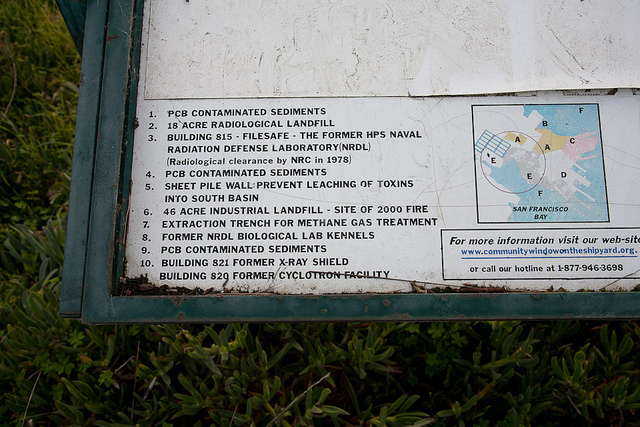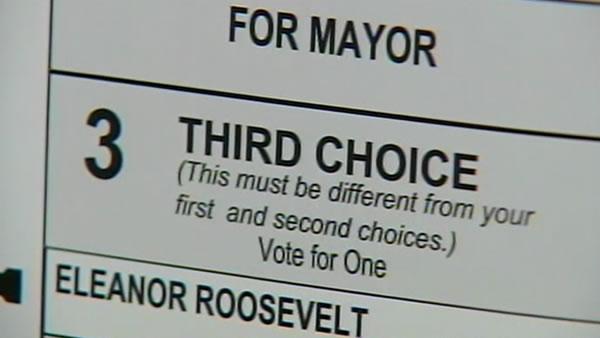News of the written word’s demise has been greatly exaggerated — though it may not turn up as often on your parents’ printed paper pages. Literature is being tailored to fit the dimensions of technology — making works great (and not-so-great) available on computers, cell phones and mobile devices, using text messages, Twitter, RSS feeds and installments delivered via e-mail. In the United States, new technologies and diverse media are being used to teach literacy. Ohio University students are looking at how video gaming can to teach basic reading and writing skills, reports the Chilliocothe Gazette, while an article in the Poughkeepsie Journal adds graphic novels and comic books to the list of teaching tools. But most of the electronic focus is still on high-end consumers with their array of mobile tools, reports Computerworld Magazine.


